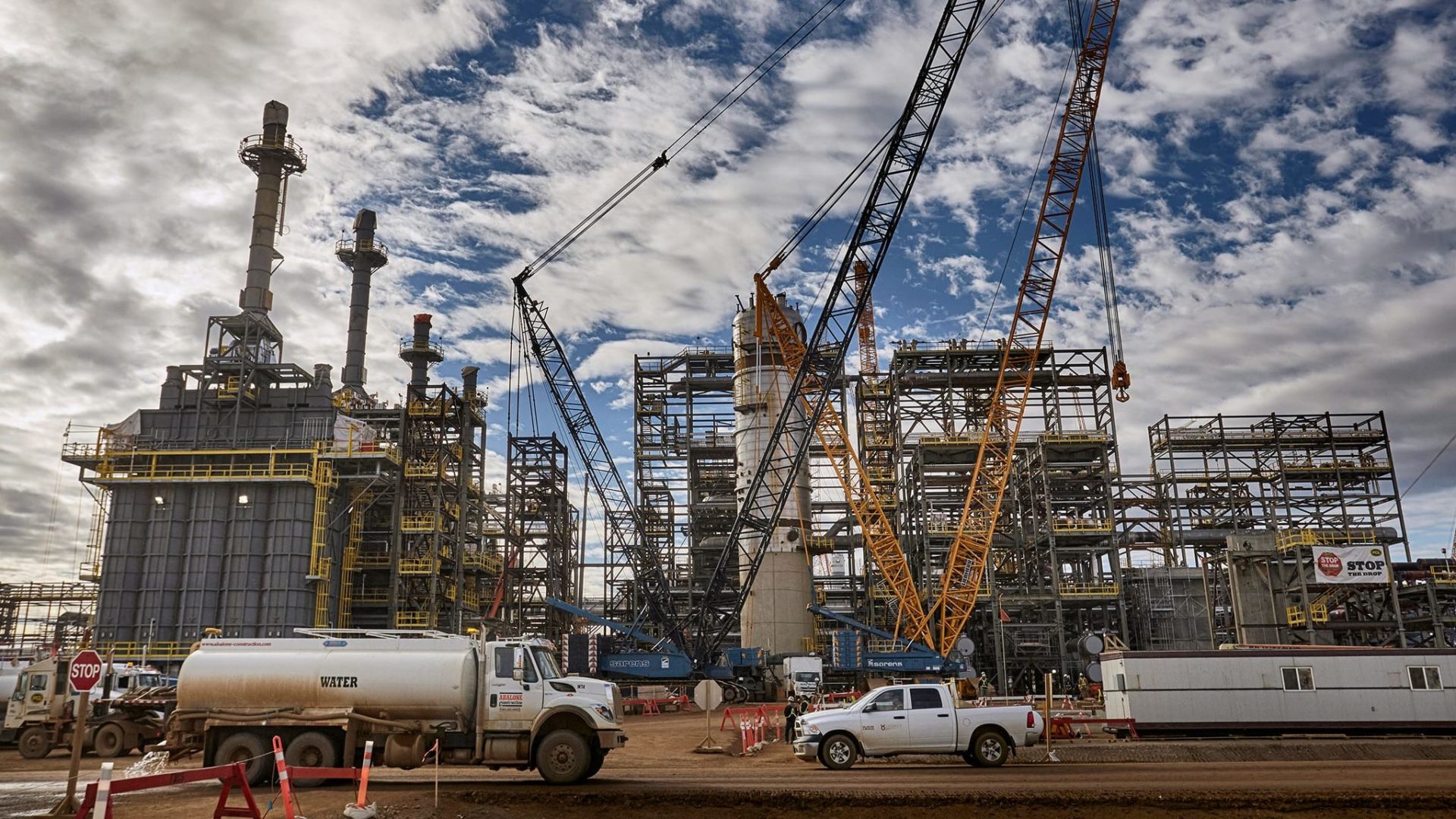Bill McKibben wants Canadians to believe that shutting down Canada’s oil and gas industry is the only way that Canada can positively contribute to reduce global greenhouse gas emissions.
The New York-based activist writes that “keeping Alberta’s oil underground is going to become as crucial a global priority as keeping the Amazon rain forest standing tall” as climate change impacts intensify in the 2020s, citing “inexorable math” without using any numbers to prove the comparison.
The reality is that Canada has a far greater opportunity to help reduce the world’s carbon footprint by expanding the reach of its oil and gas industry than it does by keeping its vast resources in the ground.
Canada also understands the importance of protecting forests — Alberta is home to the world’s largest contiguous area of protected boreal forest; approximately 68,600 square kilometres set aside in 2018 and 2019 thanks to collaboration between oil and gas producers, First Nations and government.
Across Canada, we are rightly concerned about emissions from all sectors, but it is important to keep in mind how we actually fit into the global climate dynamics around us.
In 2014, Canada’s total share of the world’s CO2-equivalent emissions was 1.6 percent, according to the most recent data calculated by the World Resources Institute, which is used by Environment and Climate Change Canada (ECCC).
Despite Canada’s oil production increasing by 52 percent over the same period, our share went down from 1.8 percent in 2005 because energy demand in emerging economies is growing. Like that of other developed countries, Canada’s share of global GHGs “is anticipated to continue to decline with the expected rapid increase in emissions from developing and emerging countries, particularly China, India, Brazil and Indonesia,” ECCC says.
It’s hard to imagine that anything responsible for less than five percent of a problem would be facing a “literally now or never” moment to shut down, as McKibben writes about Canada.
Still, Canada’s oil and gas industry must continue, and accelerate, its path of GHG reductions — a path it is already on.
According to Canada’s 2019 National Inventory Report, the oil sands sector reduced emissions per barrel by 32 percent since 1990. Canada’s two largest producers, Canadian Natural Resources and Suncor Energy, both report ongoing GHG intensity decreases. Suncor’s GHG intensity was 0.062 tonnes of CO2 equivalent per boe in 2018, approximately 10 percent lower than its intensity in 2014 of 0.069 tonnes of CO2 equivalent per boe. Canadian Natural’s intensity was 0.052 tonnes of CO2 equivalent per boe in 2018, a 20 percent reduction from 2014, when it was 0.065 tonnes of CO2 equivalent per boe.
Suncor has set a target to reduce its GHG intensity by 30 percent compared to 2014 by 2030, while Canadian Natural has a long-term aspirational target of net zero emissions in its oil sands operations.
Canadian oil production comes with a commitment to responsible development and continuous improvement — something that can’t be said for many of the competing jurisdictions around the world that would fill the void left by shutting our resources in.
Even in the most aggressive decarbonization scenario outlined by the International Energy Agency (IEA), oil demand is expected to be 67 million barrels per day by 2040, a reduction of approximately 33 million barrels per day from today. Its Stated Policies Scenario, or the more likely case, sees oil demand increase to 106 million barrels per day over the same period.
But the real growth — and where Canada has a significant opportunity — is in natural gas. Global natural gas demand is growing fast as emerging economies look to switch off coal and reduce emissions while meeting increasing energy requirements. In its Stated Policies scenario, the IEA projects that natural gas demand will increase by almost 40 percent in the next two decades, from approximately 3.9 trillion cubic metres in 2018 to 5.4 trillion cubic metres in 2040.
Liquified natural gas (LNG) shipped from Canada is expected to have GHG emissions well below the global average of 0.26 to 0.35 tonnes of CO2 equivalent per tonne of LNG produced. LNG Canada, currently under construction at Kitimat, B.C., is being designed for 0.15 tonnes of CO2 equivalent per tonne per tonne of LNG.
The two projects that may follow over the next decade – Woodfibre LNG and Kitimat LNG – are designed for intensity of approximately 0.06 to 0.08 tonnes of CO2 equivalent per tonne of LNG.
Canada’s oil and gas industry provided $108 billion to Canada’s gross domestic product in 2018 and supported almost 530,000 jobs across the country in 2017, according to the Canadian Association of Petroleum Producers.
McKibben writes that “opinion polls in country after country tell us that [climate] is increasingly a priority for voters.” That’s true, but according to an Angus Reid survey this fall, for Canadians, so is oil and gas.
Angus Reid found that 69 percent of Canadians want climate change to be a top priority for the federal government, while at the same time, 58 percent say that oil and gas development should be a top priority alongside climate action.
Canada has a role to play in reducing global GHGs, but our decisions need to weighed by facts and measured holistically by our goals as a country, not by following misrepresentations and hyperbole slung at us from outside our borders.
Update: This article has been updated from a previous version to correct the IEA prediction of natural gas demand by 2040
